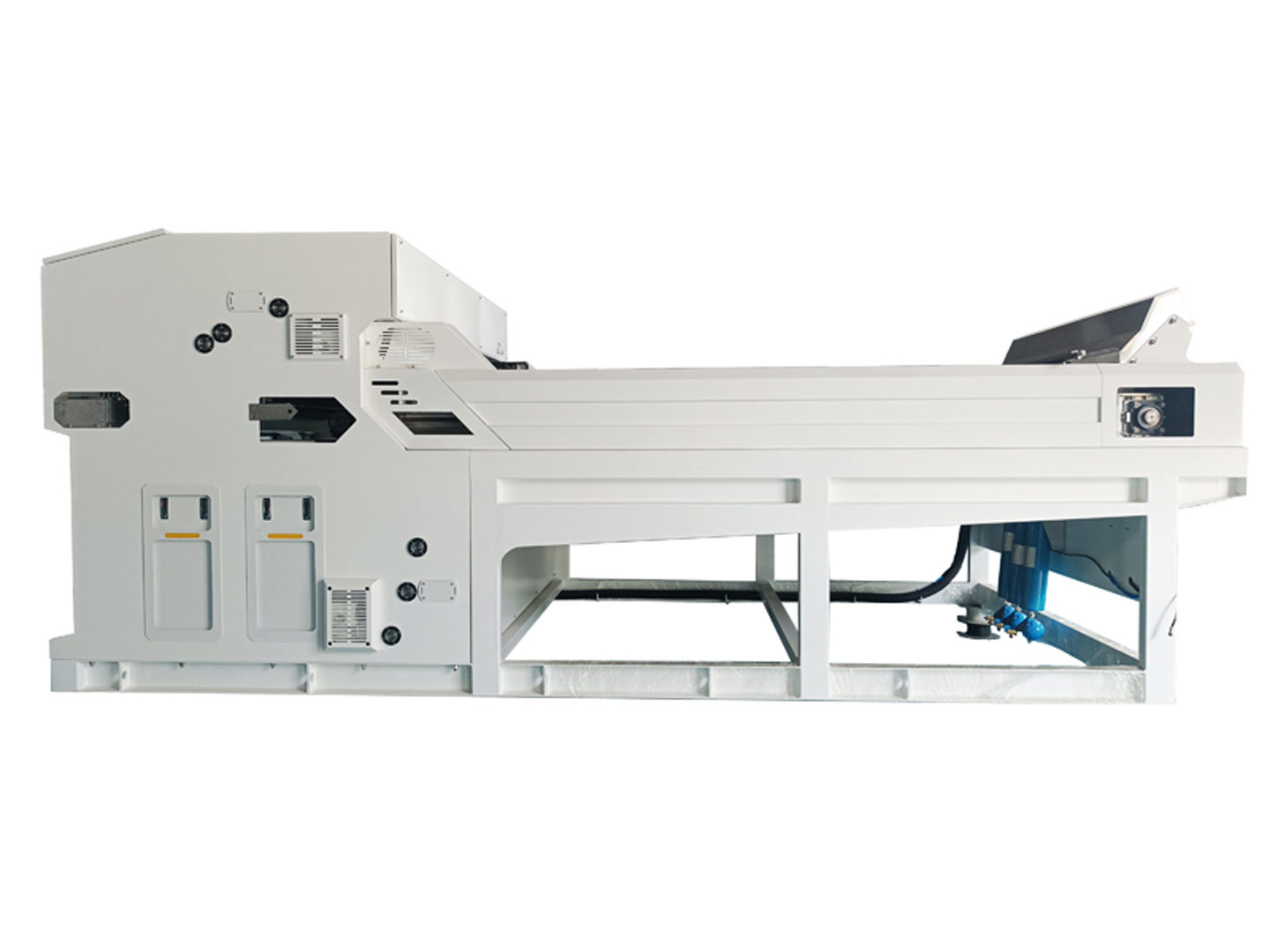Subscribe to our newsletter and always be the first to hear about what is happening.
What is the difference between river sand, mechanism sand, washed sand, recycled aggregate, and tailings sand?
Jul 11, 2023What is the difference between river sand, mechanism sand, washed sand, recycled aggregate, and tailings sand?

Sand is an integral part of concrete, generally known as fine aggregate, refers to rock particles with a particle size of less than 5mm, and can generally be divided into two categories: natural sand and artificial sand.
Currently common sand are:
(1) mechanism sand; (2) river sand (generally used for key projects designated sand, due to the high price of small amount of ordinary concrete is generally not used); (3) stone chips powder (production of crushed stone by-products, particle distribution is more than the middle of the two ends of the middle is less, fracture gradation, flake particles more powder); (4) river sand (fine sand, fineness modulus of 1.6 or less, the minimum of 0.5); (5) washed sand (including sand, sand, sand of ancient river terraces, etc.); (6) sea sand ( ); (6) sea sand (mostly not desalinated, some people in the river sand mixed with 20% to 50% mixed secretly sold); (7) weathered sand (including weathered sand and sand from claystone, mud shale, muddy sandstone, marl, muddy slate and full weathering of various rocks, etc., the sand made of this rock is low in strength and solidity, weak particles, in the concrete does not play a role of the skeleton, and high water demand, adsorption, etc.). (And large water demand, adsorption); (8) mud sand (including the cleaning of unclean silt sand, etc., the highest mud content of 20% or more); (9) steel slag sand (the existence of poor stability); (10) solid waste processing sand [including construction waste, waste lime field residue (including discarded over-burning under-burned lime blocks, etc.) sand] and so on.
River sand, mechanism sand, washed sand, recycled aggregate, tailings sand, etc. as concrete sand where the difference? What are the advantages and disadvantages?
River sand
River sand is a natural stone in the natural state, by the force of water for a long time repeated impact, friction, its composition is more complex, the surface has a certain smoothness, impurity content of non-metallic minerals. River sand particles are round and smooth, relatively clean, and from a wide range of sources. Uses: river sand is cement standard sand, mostly used in construction, concrete, cementitious materials, road building materials, artificial marble, cement physical properties test materials (i.e. cement standard sand) and so on. Configuration of the concrete mix slurry rich, full and dense, good fluidity.
Mechanized sand
Mechanism sand refers to the rock particles with particle size less than 4.75mm after crushing by machinery. The finished product is more regular, and can be processed into different rules and sizes of sand according to different process requirements, which has the strongest slurry bonding in concrete and better meets daily needs.
Washed Sand
Washed sand: refers to the sand in the river or the sand on the old riverbed is classified through water washing to separate various grades of sand of various specifications. Because washed sand is dug directly from the river, it will be mixed with small pebbles and fine sand, which are subjected to long-term scouring by the river and have more rounded edges.
(Recycled Aggregate (Construction Waste)
Simply crushed construction waste recycled aggregate has many edges, rough surface, and contains hardened cement mortar in the components, coupled with a large number of micro-cracks inside the concrete block due to the accumulation of damages during the crushing process, resulting in the construction waste recycled aggregate's own high porosity, high water absorption, high stacking void rate, high crushing index values, and low stacking density, which makes it impossible to utilize it on a large scale.
Sea sand
After desalination treatment, sea sand with controlled chloride ion content of no more than 0.02% can be used in engineering.
Waste slag and tailings sand production
At present, there are steel slag sand and quicklime granule sand in use in the market, etc. The disadvantages of these two kinds of sand are such as poor volumetric stability or high content of heavy metal ions, high cost of post-treatment and high quality risk.
Source: Huazhong Inspection Consulting